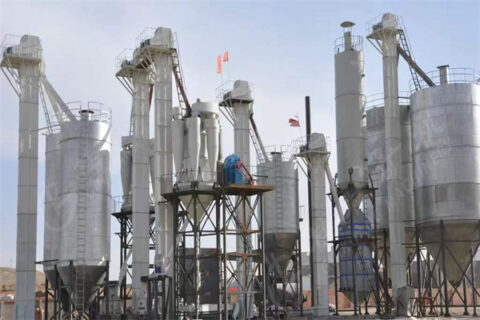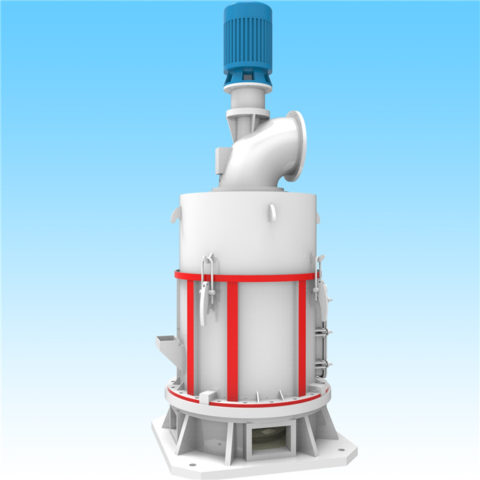Calcium stearate is a white, waxy powder that is a calcium salt derived from stearic acid. Stearic acid is a saturated fatty acid found in many animal and vegetable fats. The chemical formula for calcium stearate is Ca(C17H35COO)2.
Here are some key properties and uses of calcium stearate:
1. Appearance: White, fine powder or granules.
2. Solubility: Insoluble in water but soluble in organic solvents.
3. Functionality:
It is commonly used as a release agent and lubricant in the plastic and rubber industry during the manufacturing process.
In the production of PVC (polyvinyl chloride), calcium stearate is used as a stabilizer to prevent the breakdown of the polymer during processing.
4. Pharmaceuticals: It is used in the pharmaceutical industry as a tablet and capsule mold release agent.
5. Food Industry: Calcium stearate is sometimes used as a food additive, primarily as a flow agent in powdered foods.
6. Cosmetics: It is used in the formulation of cosmetics and personal care products as a thickening agent and to improve the texture of creams and lotions.
7. Other Applications: It is also used in the production of some types of paints, inks, and coatings.
Calcium stearate is generally considered safe for use in these applications, and it has a wide range of industrial uses due to its lubricating and release properties. It’s important to note that the safety and suitability of any chemical compound depend on the specific application and the regulations governing its use in different industries.
Calcium Stearate Grinding
Grinding calcium stearate refers to the process of reducing the particle size of calcium stearate particles. This process is often employed to achieve specific particle size distributions or to improve the dispersion and performance of calcium stearate in various applications. Here are some key points related to the grinding of calcium stearate:
1. Purpose of Grinding:
Particle Size Reduction: Grinding is done to reduce the size of calcium stearate particles. This is important in industries such as plastics, rubber, and pharmaceuticals, where specific particle sizes are required for optimal performance.
Improved Dispersion: Grinding can enhance the dispersion of calcium stearate in a material, making it more effective as a lubricant, release agent, or stabilizer.
2. Grinding Methods:
Mechanical Grinding: This can involve using various types of mills, such as ball mills or hammer mills, to physically break down the particles.
Jet Milling: In this method, high-speed jets of compressed air or steam are used to impact particles, resulting in size reduction.
3. Particle Size Control:
The degree of grinding can be controlled to achieve the desired particle size distribution. Different applications may require different particle size ranges.
4. Equipment Selection:
The choice of grinding equipment depends on factors such as the initial particle size, desired final particle size, and the characteristics of the material being ground.
5. Precautions:
Care should be taken to avoid excessive heat generation during grinding, as this could affect the properties of calcium stearate.
Dust control measures may be necessary to ensure a safe working environment.
6. Quality Control:
Quality control measures are typically employed to ensure that the ground calcium stearate meets the required specifications.
7. Application-specific Considerations:
The grinding process may be tailored to the specific requirements of the end-use application. For example, in the plastic industry, finely ground calcium stearate is often used to improve the processing characteristics of PVC.
It’s important to follow industry standards and guidelines when grinding calcium stearate, and manufacturers may have specific recommendations based on the intended application. Additionally, regulatory considerations and safety precautions should be adhered to during the grinding process.













